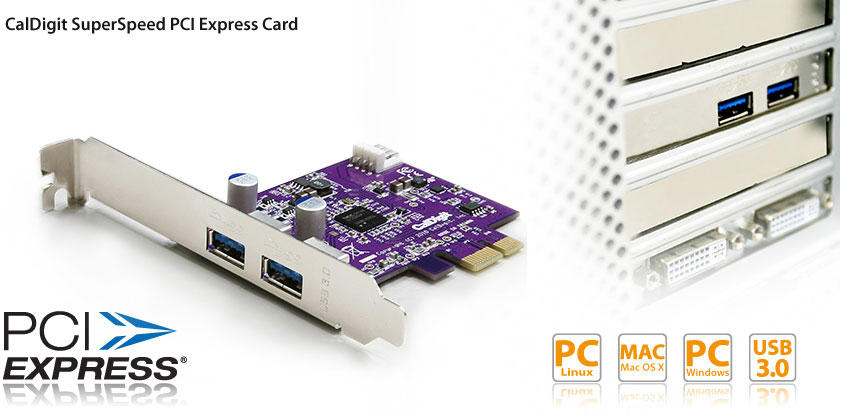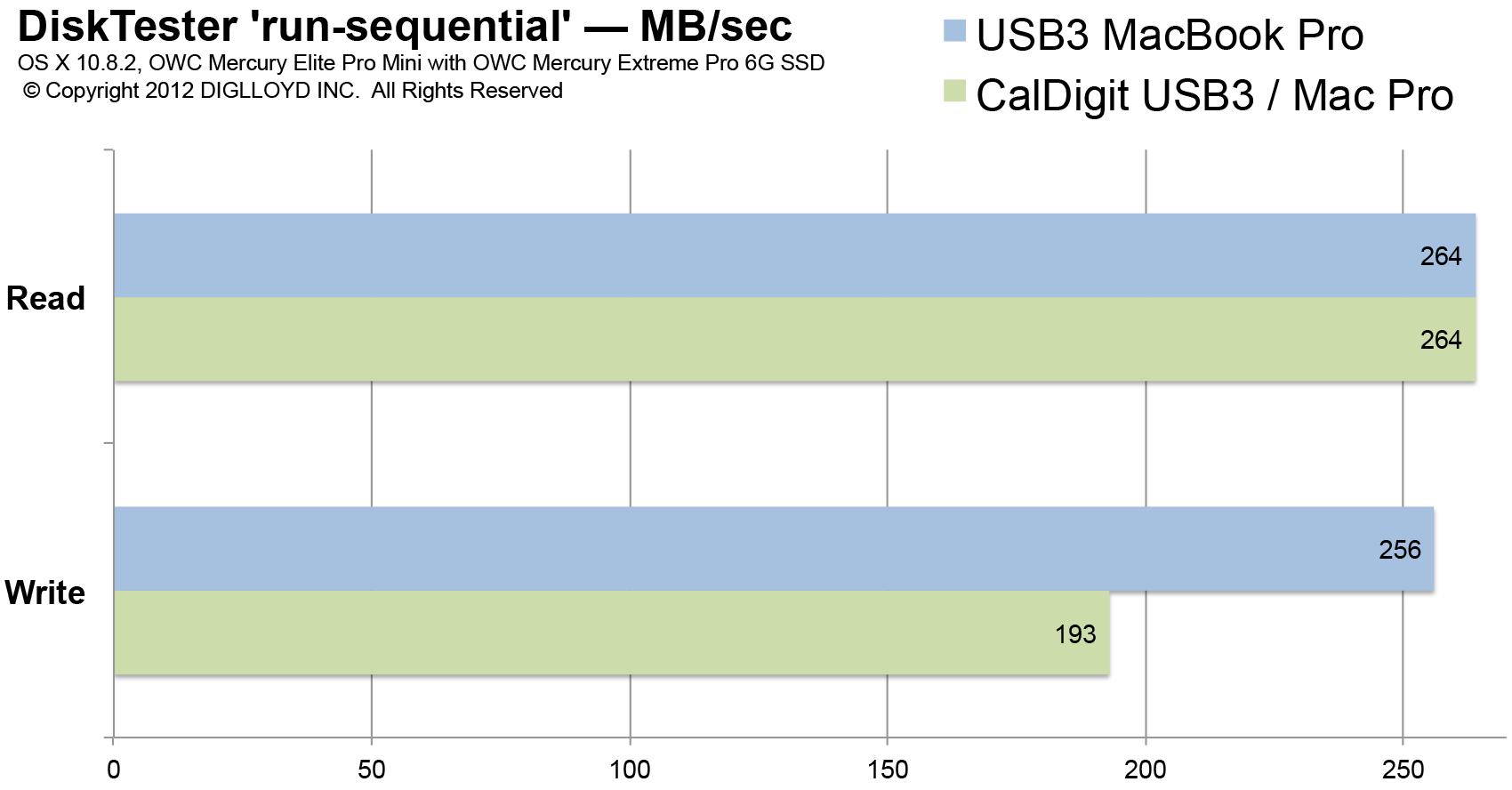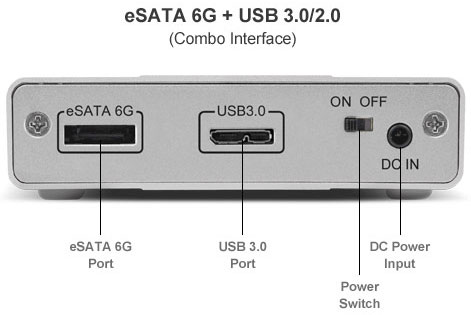
|

|

|

|

|

$220 SAVE $130 = 37.0% Western Digital 16.0TB Western Digital Ultrastar DC HC550 3.5-in… in Storage: Hard Drives
|

|

|

|

|
CalDigit PCIe 2-Port USB3 Card for Mac Pro
Related: eSATA, laptop, Mac Pro, MacBook, MacBook Pro, Other World Computing, OWC Mercury Elite Pro, OWC Mercury Elite Pro Mini, SSD, storage, USB, USB3
The 2009/2010/2012 Mac Pro does not have USB3 ports, but it is possible to add USB3 ports by installing a PCIe card in an available PCIe slot inside the Mac Pro.
The CalDigit SuperSpeed PCI Express Card adds two USB3 ports and is compatible with Mac or PC.
Its sibling, the “CalDigit FASTA-6GU3” adds two USB3 ports and two 6 Gbps eSATA ports. While this review is of the USB3-only card, the choice for my system would be the USB3+eSATA variant, because PCIe slots are limited (three free slots in a Mac Pro).

Driver
The CalDigit SuperSpeed PCI Express Card requires that a driver be installed. This is not the ideal case— different driver versions are supplied for different versions of OS X, leading to my concern that a future OS X 10.9 update might or might not work with the 10.8.x driver.
Cables
The CalDigit card is supplied with one USB3 cable, the style with the large square end. This was not compatible with the OWC Mercury Elite Pro Mini, which uses the flattened style connector. I had to scrounge up a cable.
Testing
Results are shown below. Aside from performance testing, no other type of testing was done (e.g., various USB3 devices of different types and brands, long-term reliability, etc).
Sustained transfer speed
Test results from the run-sequential test in DiskTester.
Speed as tested using an OWC 240GB Mercury Extreme Pro 6G SSD, capable of ~500+ MB/sec (with zeroes for reads/writes as tested). Hence the USB3 speed is the limit of what USB3 and/or the driver and/or the card can do, not a drive limit.
USB3 is very fast on the latest Apple MacBook Pro with Retina display, so the same test was performed on the MacBook Pro using the same drive.
The results show that reads speed are identical, but write speeds using the CalDigit card on the Mac Pro lag behind write speeds with native USB3 on the MacBook Pro.
Still, reads dominate most work, and the write speeds are more than fast enough for most uses. And unless one is using an SSD, the write speed is faster than even a very fast hard drive speed, so there is no performance issue for users working with USB3 hard drives.

OWC Mercury Elite Pro Mini with OWC Mercury Extreme Pro 6G SSD
Conclusions
A PCIe USB3 card makes sense from the perspective of adding interoperability with USB3 devices to a Mac Pro, e.g., users with more than one Mac looking to interoperate with a USB3 device.
For maximum performance with an SSD in a USB3 case, the write speeds suggest that eSATA would be preferred when maximum write speed is a consideration (and in that area some eSATA cards are driver-free, a plus). Also, many external cases support both USB3 and eSATA, so one can pick and choose.
Of course, an internal PCIe SSD is far faster than any USB3 solution.
Seagate 22TB IronWolf Pro 7200 rpm SATA III 3.5" Internal NAS HDD (CMR)
SAVE $100

 diglloydTools™
diglloydTools™


